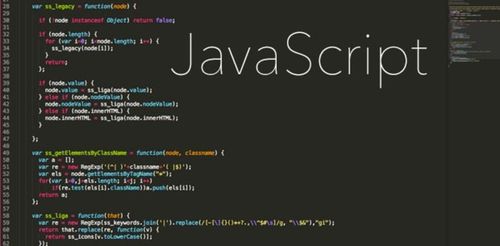Introduction
JavaScript is a versatile language that powers much of the web's interactivity. One common task in web development is email verification. Whether you're building a registration form, contact page, or user authentication system, ensuring that the provided email address is valid is crucial. In this extensive guide, we will delve deep into JavaScript email verification, exploring various techniques and best practices to help you become a pro at it.
Why Email Verification Matters
Email verification is more than just a formality. It serves multiple essential purposes:
User Experience: Validating email addresses ensures that users receive confirmation emails, reset password instructions, and other critical communications.
Data Accuracy: It helps maintain a clean and accurate database by preventing the entry of invalid or mistyped email addresses.
Security: Valid emails contribute to better security practices, reducing the risk of unauthorized access and fraudulent activities.
JavaScript Email Verification Techniques
1. Regular Expressions
RegExp Explained: Dive into regular expressions and how they are used to validate email addresses.
RegExp Challenges: Address common issues and limitations of regular expressions in email validation.
2. Built-in HTML5 Validation
HTML5 Input Types: Learn how HTML5 provides built-in email validation for input fields.
Custom Validation Messages: Customize validation error messages for a better user experience.
3. JavaScript Functions
Creating a Validation Function: Develop a JavaScript function to validate email addresses.
Cross-Browser Compatibility: Ensure your validation function works across different browsers.
4. Third-Party Libraries
Exploring Libraries: Discover popular JavaScript libraries for email validation and when to use them.
Library Comparison: Compare the pros and cons of various libraries available for email validation.
5. Email Verification with Firebase
Firebase Integration: Learn how Firebase can simplify email verification in your web applications.
Firebase vs. Custom Validation: Understand the benefits of using Firebase for email verification.
Email Verification Best Practices
1. Real-Time Validation
Instant Feedback: Implement real-time validation as users type their email addresses.
User Experience: Discuss how real-time validation enhances the user experience.
2. Server-Side Verification
The Importance of Server-Side Validation: Emphasize why server-side validation is essential, even with client-side validation in place.
Security Implications: Explain how server-side validation contributes to security.
3. User-Friendly Messages
Clear Error Messages: Provide examples of clear and helpful error messages for users.
Localization: Consider the importance of localized error messages in a global audience.
4. Regular Updates
Staying Current: Highlight the significance of staying updated with the latest email validation techniques and libraries.
Maintenance: Discuss the importance of maintaining your validation code over time.
Common JavaScript Email Verification Challenges
1. False Negatives and Positives
Addressing False Positives: Strategies to avoid marking valid emails as invalid.
Minimizing False Negatives: Techniques to ensure that invalid emails don't slip through.
2. Internationalization
International Email Addresses: Handling email addresses with non-Latin characters and special characters.
TLDs and Domains: Dealing with different top-level domains and email providers.
Conclusion
Mastering JavaScript email verification is an essential skill for any web developer. With the insights, techniques, and best practices provided in this guide, you're well-equipped to implement robust and user-friendly email validation in your web applications. Whether you're a beginner or an experienced developer, this guide will help you ensure data accuracy, enhance user experience, and bolster security in your projects.



